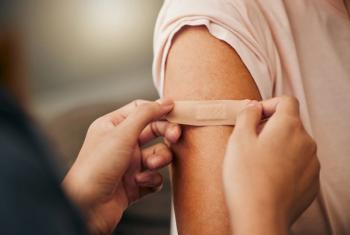
Do higher out-of-pocket costs reduce the use of some medications?
A study of asthma medication use and asthma-related hospitalizations and emergency department visits showed that in children aged 5 years and older, greater cost sharing for asthma medications is associated with a slight reduction in medication use and higher rates of asthma hospitalization.
A study of asthma medication use and asthma-related hospitalizations and emergency department (ED) visits showed that in children aged 5 years and older, greater cost sharing for asthma medications is associated with a slight reduction in medication use and higher rates of asthma hospitalization.
In their examination of the effects of rising out-of-pocket medication costs on children with chronic illnesses, investigators focused on asthma because it is the leading childhood chronic disease.
Researchers used data on pharmacy and medical claims from 1997 through 2008 for 37 geographically diverse US employers to identify 8,834 children with asthma for whom therapy was initiated with a long-acting asthma control medication. Out-of-pocket costs were examined for a fixed "basket" of asthma medications that included inhaled corticosteroids, leukotriene-receptor antagonists, long-acting beta2-agonists, and combination inhaled corticosteroids/long-acting beta2-agonists.
Use of asthma-control therapy decreased slightly with higher out-of-pocket medication costs for children aged 5 to 18 years; among those with the highest out-of-pocket costs, prescriptions covered 41.3% of days compared with 42.2% of days among those with the lowest costs. The same effect was not seen in children aged younger than 5 years, however.
Similarly, rates of asthma-related hospitalization were higher for children aged 5 to 18 years who had the highest rather than the lowest out-of-pocket costs, and once again, this difference was not seen among younger children. Rates of ED use did not vary with out-of-pocket costs in either age group (Karaca-Mandic P, et al. JAMA. 2012;307[12]:1284-1291).
COMMENTARY
Studies in adult medicine have shown that increasing copays are linked to falling medication adherence and increased morbidity. Although these authors were able to show decreased preventive asthma medication use and increased hospitalization associated with higher out-of-pocket costs, the differences were small and restricted to older children. It may be that a different study design would find results similar to those seen in adults, or it may be that, at least in the employed, insured families studied here, parents are more willing to pay more for their child's health than for their own. -Michael Burke, MD
Newsletter
Access practical, evidence-based guidance to support better care for our youngest patients. Join our email list for the latest clinical updates.










